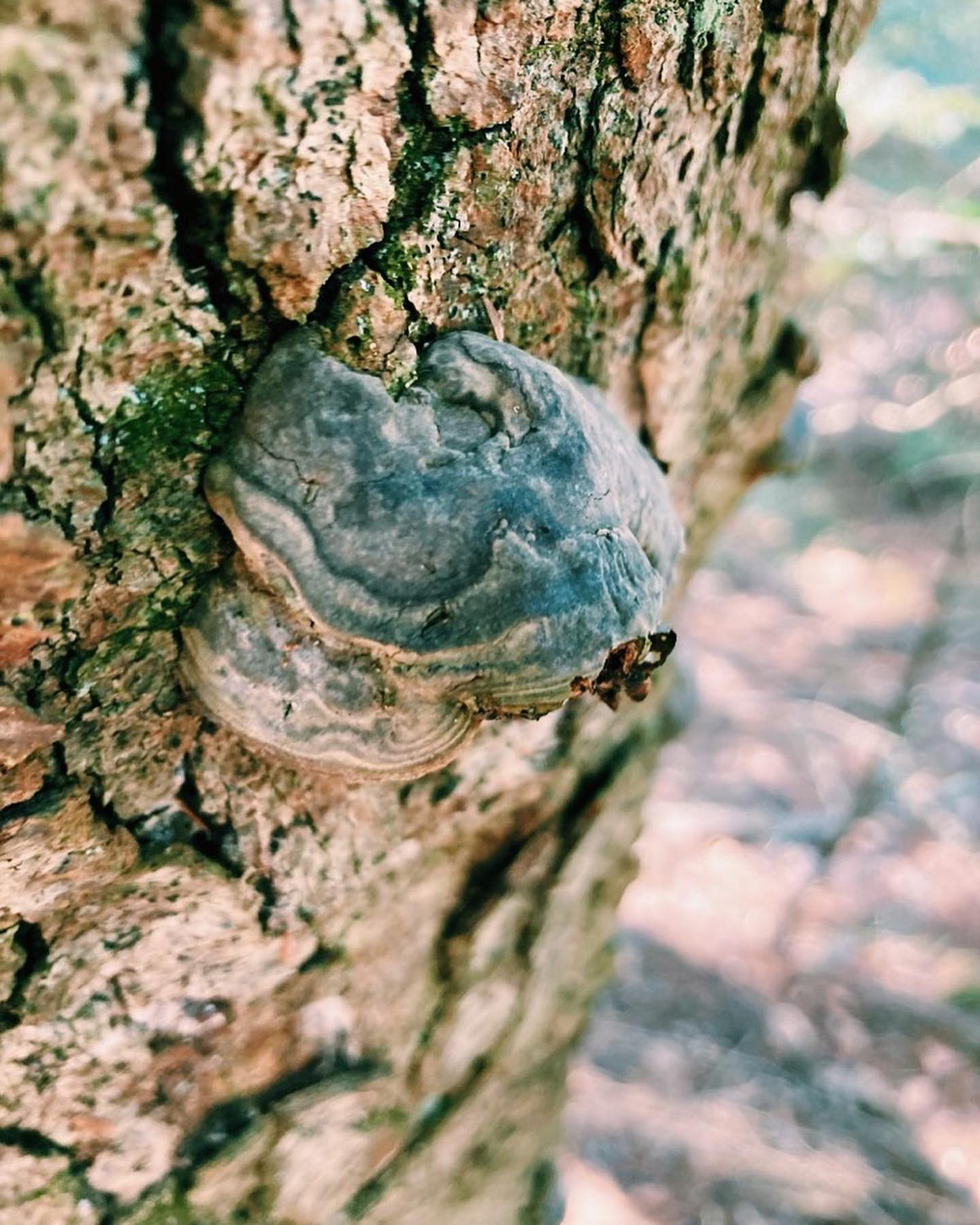In the vast world of natural remedies, trees hold a special place. Among these, hickory and the various trees associated with Bach flower remedies offer unique medicinal properties. While both are harnessed for their healing powers, the approaches and philosophies behind their uses vary significantly. Let’s explore into the similarities and differences between hickory and Bach flower trees in the realm of natural medicine. Hickory trees, known for their robust and durable nature, have been used in traditional medicine to address a range of physical ailments. Their bark, leaves, and nuts are rich in compounds that offer anti-inflammatory, antioxidant, and digestive benefits. In contrast, the Bach flower remedies, developed by Dr. Edward Bach in the early 20th century, focus on emotional and psychological well-being. These remedies are derived from the essences of flowers and trees, aiming to restore emotional harmony and balance. Despite their differences, both hickory and Bach flower trees embody the profound relationship between nature and healing.
Hickory: The Sturdy Healer
Hickory Trees Overview
Hickory trees, belonging to the genus Carya, are renowned for their strength, durability, and nutritious nuts. Predominantly found in North America and parts of Asia, hickory trees have been utilized for centuries by indigenous peoples and early settlers. I never thought a tree could help me navigate one of the most challenging situations in my life, but my experience with hickory changed that perspective entirely.
After losing my job in 2020, I found myself in the midst of a personal storm and I was struggling with the emotional turmoil of letting go to a position and line of work that I loved doing, especially with the possibility of a monumental move and an uncertain financial future. The weight of the situation was overwhelming, and no matter how much I tried, I couldn’t shake off the feelings of sadness, anger, and frustration. Tree medicine has a funny way of finding us. Outside of my apartment at the time was a massive hickory tree that blossomed in the spring and dropped it’s nuts in the fall. Generally seen as a nuisance as it was hanging over the parking lot, the nuts dropping and denting our cars, I finally found peace one weekend after putting up a tent outside to sleep in under the tree. Hickory’s grounding properties seemed to anchor me, providing the stability I desperately needed. It was as if the tree’s strength was being transferred to me, helping me stand firm in my decisions and emotions.
Medicinal Uses of Hickory
- Anti-inflammatory Properties: Hickory bark and leaves contain compounds with anti-inflammatory effects, making them useful in treating conditions such as arthritis and muscle pain.
- Nutritive Value: Hickory nuts are rich in healthy fats, proteins, and essential vitamins and minerals, contributing to overall health and vitality.
- Digestive Aid: Traditional medicine practices have used hickory to support digestive health, alleviating issues like indigestion and stomach aches.
- Antioxidant Benefits: The leaves and bark are also known to possess antioxidant properties, helping to combat oxidative stress and support cellular health.

Bach Flower Trees: Emotional and Energetic Healing
Bach Flower Remedies Overview Developed by Dr. Edward Bach in the 1930s, Bach flower remedies are a form of alternative medicine aimed at emotional and mental well-being. Dr. Bach believed that emotional health was crucial to physical health and created 38 remedies derived from flowers and plants.
After completing the move, I was exploring my new surroundings and found a beautiful tree outside of my apartment. I looked up it’s properties and was stunned to find that it was used to help with emotional turmoil, especially when it is related to the fear of losing control. Almost like a companion to the Hickory tree, where Hickory acted as an agent to grounding and letting go, Bach flower aided in gaining control back from letting go – I immediately harvested some and set out to make a tincture. One particularly rough evening, feeling overwhelmed by fear of the future, I took my cherry plum drops and sat outside, trying to clear my mind. As I watched the sunset, I felt a subtle yet profound calm wash over me. It was as if the cherry plum essence was gently coaxing my mind away from the edge of despair, allowing me to breathe and think clearly for the first time in weeks. Cherry plum’s calming influence gave me the courage to face the uncertainty head-on. It was as if the essence of the tree was providing a protective embrace, helping me regain control over my emotions and my life. The panic that once paralyzed me was replaced with a newfound sense of hope and determination.
Bach Flower Trees and Their Uses
- Crab Apple (Malus pumila): Known as the “cleansing remedy,” Crab Apple is used to help individuals who feel unclean or ashamed, aiding in mental clarity and self-acceptance.
- Aspen (Populus tremula): This remedy is for fear and anxiety of unknown origins, helping to instill a sense of peace and security.
- Cherry Plum (Prunus cerasifera): Cherry Plum is for those fearing loss of control, providing calmness and the ability to think and act rationally.
- Elm (Ulmus procera): For those feeling overwhelmed by responsibilities, Elm helps restore confidence and the ability to cope.
Comparing Hickory and Bach Flower Remedies
Philosophical Differences
- Hickory: The medicinal use of hickory is grounded in traditional herbal medicine. Its primary focus is on physical ailments, leveraging the tree’s biochemical properties to address health issues.
- Bach Flower Remedies: These are based on the principle that emotional and mental imbalances can lead to physical illness. Bach flower remedies aim to restore emotional harmony and are considered more homeopathic in nature.
Application and Usage
- Hickory: Utilized in the form of teas, extracts, and poultices, hickory is applied directly to treat physical symptoms. For instance, a tea made from hickory bark can be ingested to reduce inflammation.
- Bach Flower Remedies: Typically used as liquid drops taken orally or added to water. The focus is on addressing specific emotional states rather than physical symptoms directly.
Scientific Evidence
- Hickory: There is a moderate amount of scientific research supporting the anti-inflammatory and antioxidant properties of hickory, though more studies are needed to fully understand its potential.
- Bach Flower Remedies: The evidence supporting Bach flower remedies is largely anecdotal and based on holistic and homeopathic traditions. Scientific studies have shown mixed results, with some suggesting placebo effects.
Integrating Hickory and Bach Flower Remedies
While hickory and Bach flower remedies come from different medicinal traditions, they can complement each other when integrated thoughtfully. For example, someone with arthritis (physical ailment) exacerbated by stress (emotional issue) might benefit from hickory’s anti-inflammatory properties and a Bach flower remedy like Elm to address feelings of overwhelm.
Both hickory and Bach flower trees offer unique pathways to healing, embodying the diverse approaches within natural medicine. Hickory addresses physical ailments through its biochemical properties, while Bach flower remedies focus on emotional and mental well-being. Understanding these differences allows for a more comprehensive approach to health, blending the physical and emotional aspects of healing for a more holistic well-being. On the other hand, Bach flower remedies focus on emotional and mental well-being, addressing issues like fear, anxiety, and feelings of overwhelm. By targeting the emotional roots of health problems, these remedies underscore the importance of psychological balance in overall wellness. Understanding these differences allows for a more comprehensive approach to health. By integrating the physical benefits of hickory with the emotional and mental support from Bach flower remedies, we can achieve a more holistic well-being. This synergy between physical and emotional healing not only enriches our approach to natural medicine but also emphasizes the interconnectedness of body and mind. Embracing both hickory and Bach flower remedies can lead to a more balanced, harmonious, and healthy life.


















































































































